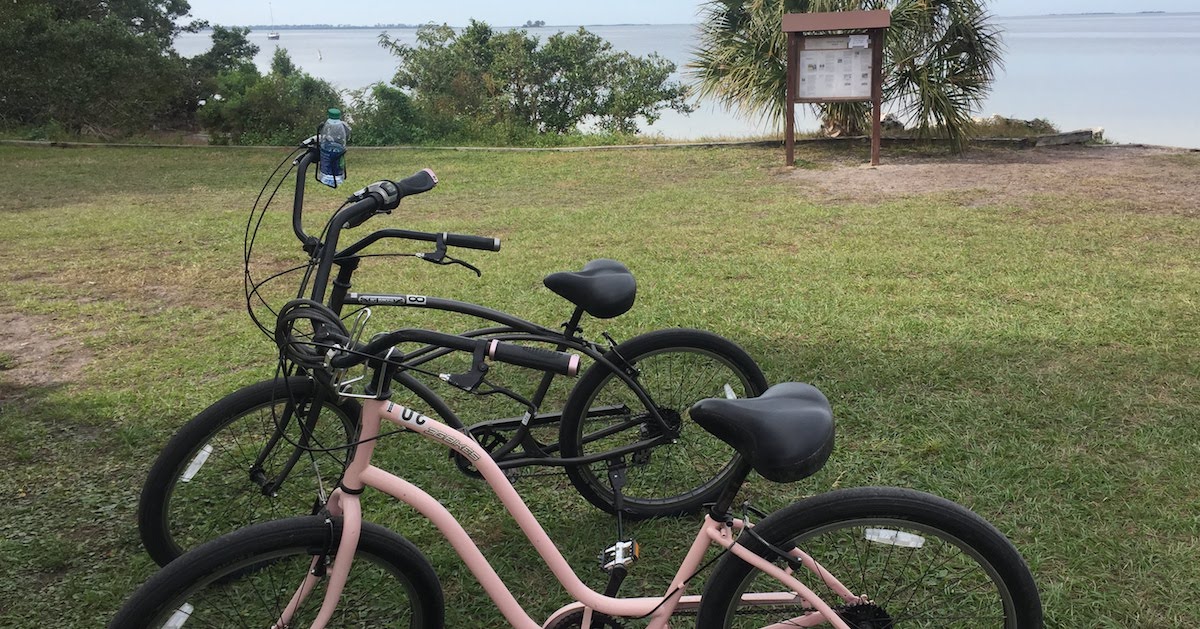Picture this: You’re standing on a beach at sunset, waves gently lapping at the shore. Someone hands you a beach bed and says, “Place it wherever you like.” Where would you put it?

If you’re in your 20s, 30s, or even 40s, you might boldly place that bed close to the water’s edge. The thrill of the waves, the sound of the ocean—it’s all part of the experience, right? And if the tide rises? No worries! You’re young, strong, and agile enough to quickly move the bed if needed.
But what if you’re over 65? Would you take the same risk? Probably not. You’d likely place that bed far enough from the water to avoid a rude awakening from an unexpected wave. (No offense to the 65+ crowd—my 77-year-old father could probably move a mountain faster than I can upload a selfie!)
This scenario perfectly illustrates how our approach to risk changes as we age—not just on the beach, but in our financial lives too. And for us, as we approach early retirement in our 30s/40s, we’re facing a unique challenge: balancing the risk tolerance of a young couple with the financial needs of retirees.
Our Financial Independence Journey: Where We Stand
Tatiana and I are just a few years away from achieving financial independence (FI). It’s an exciting time, but it also means we’re laser-focused on our asset allocation. Why? Because we need our portfolio to last five decades or more!
We’ve been diligently saving and investing, aiming for that magic “25x our annual spending” number in income-producing assets. This is based on the safe withdrawal rate principle, which suggests we can withdraw 3-4% of our portfolio annually without depleting it too quickly.
Currently, our asset mix includes stocks, bonds, real estate, and short-term reserves. But as we approach our FI date, we’re re-evaluating this allocation. We need to strike a balance between growth (we’re still young, after all!) and income generation.

Balancing Act: Growth vs. Income
If we were following a traditional retirement path, our asset allocation would look quite different:
- As young workers, we’d be heavily weighted towards stocks (80-100% stocks, 0-20% bonds).
- Approaching traditional retirement age, we’d shift towards bonds for stability (20-60% stocks, 40-80% bonds).
But our situation is unique. We need the growth potential of a young person’s portfolio with the income stability of a retiree’s. Plus, we have a few other factors to consider:
- We need to keep some investments accessible in a brokerage account for the first five years of early retirement.
- We plan to use an IRA/Roth conversion ladder to access our 401(k) funds penalty-free before 59½.
- Our real estate investments provide additional income, reducing the pressure on our portfolio.
- We plan to stay active in retirement, potentially earning income from hobbies and passion projects.
Our Current Asset Allocation
We use a combination of Personal Capital and our own spreadsheets to track our asset allocation. It’s crucial to look at the big picture—sometimes our individual accounts might seem imbalanced, but our overall allocation tells a different story.
For example, our rental property currently yields about 10% annually after expenses. This real estate component adds a nice boost to our portfolio returns and helps diversify our income streams.
Looking Ahead: Fine-tuning Our Strategy
As we get closer to our FI date, we’re continually analyzing and adjusting our asset mix. We’re exploring different models for stocks, bonds, and short-term reserves to find the right balance.
We’re also planning some changes to our real estate investments. Over the next two years, we’ll be selling some properties and exploring exciting new opportunities abroad. It’s all part of crafting a portfolio that can support our early retirement dreams.

The Power of Vision and Focus
It’s amazing what you can achieve when you have a clear vision and stay focused. Our journey to financial independence hasn’t always been easy, but watching the pieces fall into place is incredibly rewarding.
We hope our story inspires you to take a closer look at your own financial goals and asset allocation. Whether you’re aiming for early retirement or just want more financial security, understanding and optimizing your investments is key.
Remember, everyone’s financial journey is unique. What works for us might not be the best approach for you. But we encourage you to start the process—create a net worth sheet, track your investments, and dream big about your financial future.
We’d love to hear about your financial goals and strategies. Are you aiming for early retirement? How do you approach asset allocation? Share your thoughts in the comments below!
Risk disclosure: All investments involve some level of risk, including the potential loss of principal. The information in this post is for discussion purposes only and should not be construed as financial advice. Always consult with a qualified financial advisor before making investment decisions.






Nice explanation of how you go about your asset allocation. I’m much farther out from FI than you are so I’m sticking with a 100% stock allocation. In a future post, I’d like to hear which investments you use for stocks and bonds. I think it might be helpful to compare notes 🙂
Thanks. Sticking with a 100% stock allocation makes perfect sense if your early retirement date is far out. We realized that we don’t want to spend the time searching and reviewing individual stocks so we invest mostly in index funds. We hold Vanguard funds. As of now, in our 401(k)s we own: VITPX (Total Stock), VPMAX (PRIMECAP), VSCIX (Small Cap), VTPSX (Total International) and VBMPX (Total bond). I’m looking to add VTIFX (Total International Bond) into the mix, to be discussed with Tanya. 🙂 We have more or less the same funds in our brokerage account. We like to keep it to no more than 5-6 funds, that way is easily manageable and we have more options for rebalancing and can take advantage of opportunities.